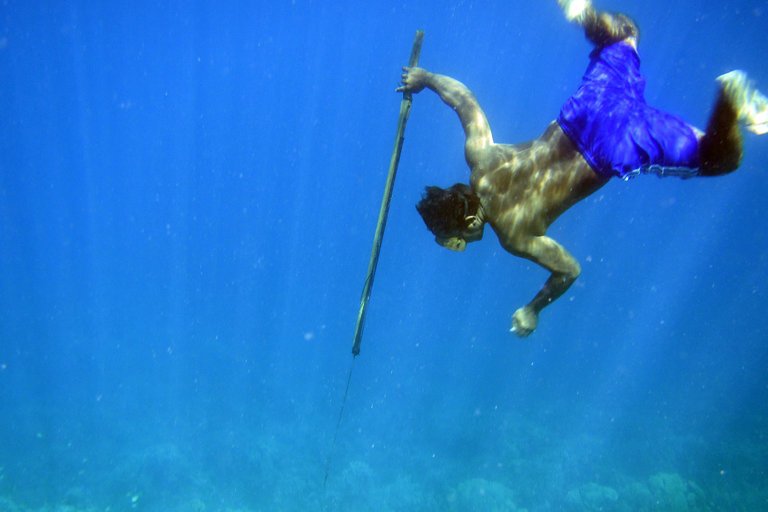Human Bodies Adapt: Remodeled For Living in the Sea

It seems that evolution of the humankind didn’t just occur billions of years ago and then stopped. Scientists have done some research by looking into our genes and they’ve seen that we kept on evolving in the recent thousands of years. For example, people in Tibet and Ethiopia, that live at high altitudes have adapted to that place, people in northern Europe and in East Africa that herd cattle have developed a mutation that allows them to digest milk, even as adults.
And recently, a new study was published in the journal Cell. There is a different type of mutation, which is related to the ocean. Sea-dwelling people in Southeast Asia have become better divers with an improved organ.
The Bajau People
You can find the Bajau in Indonesia, Malaysia, and the Philippines, who until recent times, they lived on houseboats. Now they also have houses on the coast.
A University of Hawaii anthropologist, Rodney C. Jubilado, who’s not involved in the study, said that the Bajau “are simply a stranger to the land”. Dr. Jubilado encountered the Bajau while growing in the Philippines:
“We were so fascinated that they could stay underwater much longer than us local islanders. I could see them literally walking under the sea.”
Later, in 2015, a graduate student in genetics at the University of Copenhagen, Melissa Ilardo heard about the Bajau and wondered if the people there have developed a special trait to help them plunge more than 200 feet deep under the water:
“It seemed like the perfect opportunity for natural selection to act on a population”.
She went to a Bajau village and talked to the people, explaining her work. After they agreed to the study, she returned with an ultrasound machine. She was going to measure the people’s spleens.
When a person plunges into the water, the body reacts with a diving reflex: it slows heart rate, constricts blood vessels and the spleen contracts. The bigger the spleen, the deeper can humans or animals dive.
After scanning the abdomens of the Bajau villagers, she traveled 15 miles to the land where farmers lived and scanned the villagers too. Results showed that the Bajau spleens are 50% bigger than the ones of the villagers.
DNA samples from mouth swabs also showed that people with larger spleens have more offspring than the others, so the Bajau are born this way, getting their genes from their parents, proving the natural selection theory.
0 comments